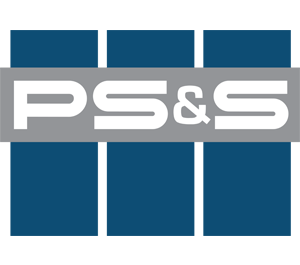DESIGN-BUILD FOR SCHOOLS
A. Chester Redshaw Elementary Design-Build School, New Brunswick, NJ
Overview of the Design-Build process
Design-Build project delivery has taken over a growing share of the design and construction market in recent decades, especially in commercial, industrial, and infrastructure sectors. Although not as widely embraced yet, there are an increasing number of K-12 school districts, school authorities, and private schools that are utilizing Design-Build methods.
Design-Build does not follow the same linear process as more traditional Design-Bid-Build project delivery. With Design-Build the contractor selection is based on qualifications, or a mix of qualifications and price. Construction and Design-Build procurement statutes and practices vary from state to state. The Design-Build Institute of America (DBIA) monitors legislation in all 50 states and their “DBIA 2017 State Statute Report” is a good resource to check out the regulations in various states for publicly funded projects. Private K-12 schools and non-profit organizations that build and own public charter schools are not restricted by the same state statutes regulating procurement methods.
Design-Build delivery can present advantages over more traditional building methods, including the following:
• Shorter design & construction duration
• Fewer and less costly change orders
• Fewer contractor claims
• Reduced risk for the school district
The DBIA notes that with Design-Build project delivery “the designer and contractor work together from the beginning, as a team, providing unified project recommendations to fit the Owner's program, schedule and budget”.
The New Jersey Schools Development Authority (NJSDA) funds and manages new construction and modernization of school facilities projects in the state’s urban and disadvantaged districts. The NJSDA has statutory authority to utilize Design-Build, and they currently use a “Bridging Design-Build” approach for many of their school projects. Under this approach the Owner retains a Bridging Architect to represent them and establish the design concept and performance specifications for their school project. Bridging documents are customarily put out to bid to pre- qualified Design-Build teams comprised of a contractor, architect or A/E, design consultants, and selected specialty trade subcontractors.
My firm, PS&S, has effectively collaborated as the A/E design professionals as part of the Hall Construction Co., Inc. Design-Build team on six NJSDA Design-Build K-12 school projects. Our firsthand experience on Design-Build schools has made clear many of the advantages with this delivery process. For large school districts or authorities that have established educational and design standards, Bridging Design-Build can offer compelling schedule and cost savings. This approach also fosters integrated design and improved Owner/Architect/Contractor collaboration absent from most low-bid public Design-Bid-Build school projects.
Design-Build is a viable and growing project delivery method for K-12 school projects. Public school districts and authorities, as well as private K-12 schools should consult with experienced design professionals, construction managers, and legal counsel to make an informed decision about which delivery method is best suited for your capital projects.
References
Design Build Institute of America, “2017 State Statute Report”, DBIA, 9/1/2017, https://dbia.org/wp-content/uploads/2018/06/2017-State-Statute-Report-DBIA.pdf
Design Build Institute of America, “What is Design-Build”, DBIA, 2018, https://dbia.org/what-is-design-build/

